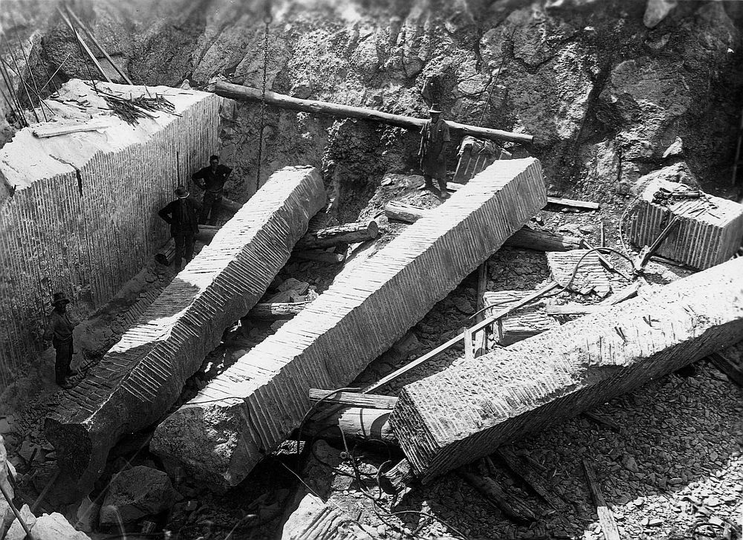Studio C/01
Embassy 38
Athanasios Tsakonas

Studio Description:
This studio responds directly to the Australian War Memorial’s recent decision to address and chronicle the colonial frontier wars. It recognises that, historically under settler colonialism, Indigenous communities have suffered dispossession, displacement, cultural disconnection, and untold trauma while defending Country. Its specific focus though, addresses the Australian government’s appointment earlier this year of its inaugural Ambassador for First Nations People, and their relationship with migrants, refugees, visitors, and the wider global community. It envisages a dedicated Indigenous representation in Australia’s international affairs. These two intertwined lines of inquiry address different interpretations of Country.
This studio asks you to explore the idea of Country both as relational and symbiotic extensions of a lived environment and a broader idea of national territory. It asks you to consider both Indigenous and settler/migrant interpretations of place. Focusing on diplomacy as its central theme, this studio asks how placemaking can engender social and cultural recovery. The studio’s specific focus covers two possible agendas – the representation of Indigenous people in our international engagement and peacekeeping operations overseas, and the reciprocal engagement with overseas Indigenous representatives. Using the southern gardens of Victoria’s Shrine of Remembrance around the new ANZAC railway station as the prospective site, it asks you to design a dedicated Centre for Cultural Diplomacy for transitioning returned Indigenous service personnel into civilian roles in Australia’s diplomatic corps.
Studio Outcomes:
This studio asks you to develop a design strategy and material and spatial vocabulary for exploring the theme ‘Embassy 38’ interpreted in the many ways illustrated above. You are encouraged to seek inspiration from the physical, environmental, material, and social histories and characteristics of your locality and its origins, including its connections to Country and its first peoples.
You will be introduced to critical place-making methods and story-telling through design narratives. Through an exercise in mapping the journeys of Indigenous service personnel, using drawings, models, and writings, you will be asked to critically reflect on how dislocation alters Indigenous relationships with place across time.
The Centre for Cultural Diplomacy is envisioned as a modest-sized civic facility connecting the ANZAC station to the Shrine. It will offer a range of services to returned Indigenous service personnel enabling them to both sustain the camaraderie critical for social and cultural recovery, whilst preparing them for overseas appointments. While the design brief is modelled after the above approaches to public interest and socially-engaged design creation, it is by no means limited and you may propose a version further sensitised to local concerns. Exploring the theme of dislocation of people, place memories and materials, the studio will commence with a design esquisse for a memorial to the Indigenous Warrior to be located at or near Tynong Quarry, the historical source of the Shrine’s stone.
In proposing this facility, you are asked to design sympathetically, to respect the visual authority of the Shrine and its surrounding heritage protected landscape. The expectation is that you will enhance the urban connection to the Shrine through its south-eastern Terrace Courtyard whose landscape design aims to evoke the Pacific and South-East Asian theatres of Australia’s military and peacekeeping service history.
Studio Leaders:
Athanasios Tsakonas is a practising architect, builder, and writer with an extensive professional career spanning Australasia, the Middle East, and Southeast Asia. He is a partner in the Singapore based consultancy Tan + Tsakonas Architects, also running a small design & build studio in Melbourne. He holds a Bachelor of Architectural Studies and Bachelor of Architecture from the University of Adelaide (majoring in Architectural History & Theory), along with a Master of Arts (Urban Design) from the National University of Singapore.
Athanasios’s research interests include investigating the spatial impact war cemeteries and memorials have upon commemoration and remembrance; and the architects of conflict. His book In Honour of War Heroes: Colin St Clair Oakes and the Design of Kranji War Memorial was published by Marshall Cavendish in 2020. https://aabookshop.net/?wpsc-product=in-honour-of-war-heroes-colin-st-clair-oakes-and-the-design-of-kranji-war-memorial-pre-order
Athanasios taught Master of Architecture Studio C last year, and previously Design Thesis studio at the Melbourne School of Design. A student from his 2022 studio was nominated for the Bates Smart Award.
Readings & References:
To be provided in class
Schedule:
Tuesdays 9am-3pm in MSD 227
ABPL90437 Design Studio C is an Early start subject. The ballot is held online at the beginning of O-week, opening on Monday 19 February and closing the morning of Tuesday 20 February. There is some preparatory online work to be completed during the week. Teaching begins with an all day, in person, compulsory Symposium on Friday 23 February.
The week 7 session times for all studios are slightly different. Please also ensure you are available for your usual studio in week 7 as week as an extended Mid semester Exhibition/Community engagement session. It will be scheduled on Monday 15th April 9am-2pm
Off-Site Activities:
Tynong, Nar Nar Goon, Lakes Entrance, Buchan
Costs to be advised.